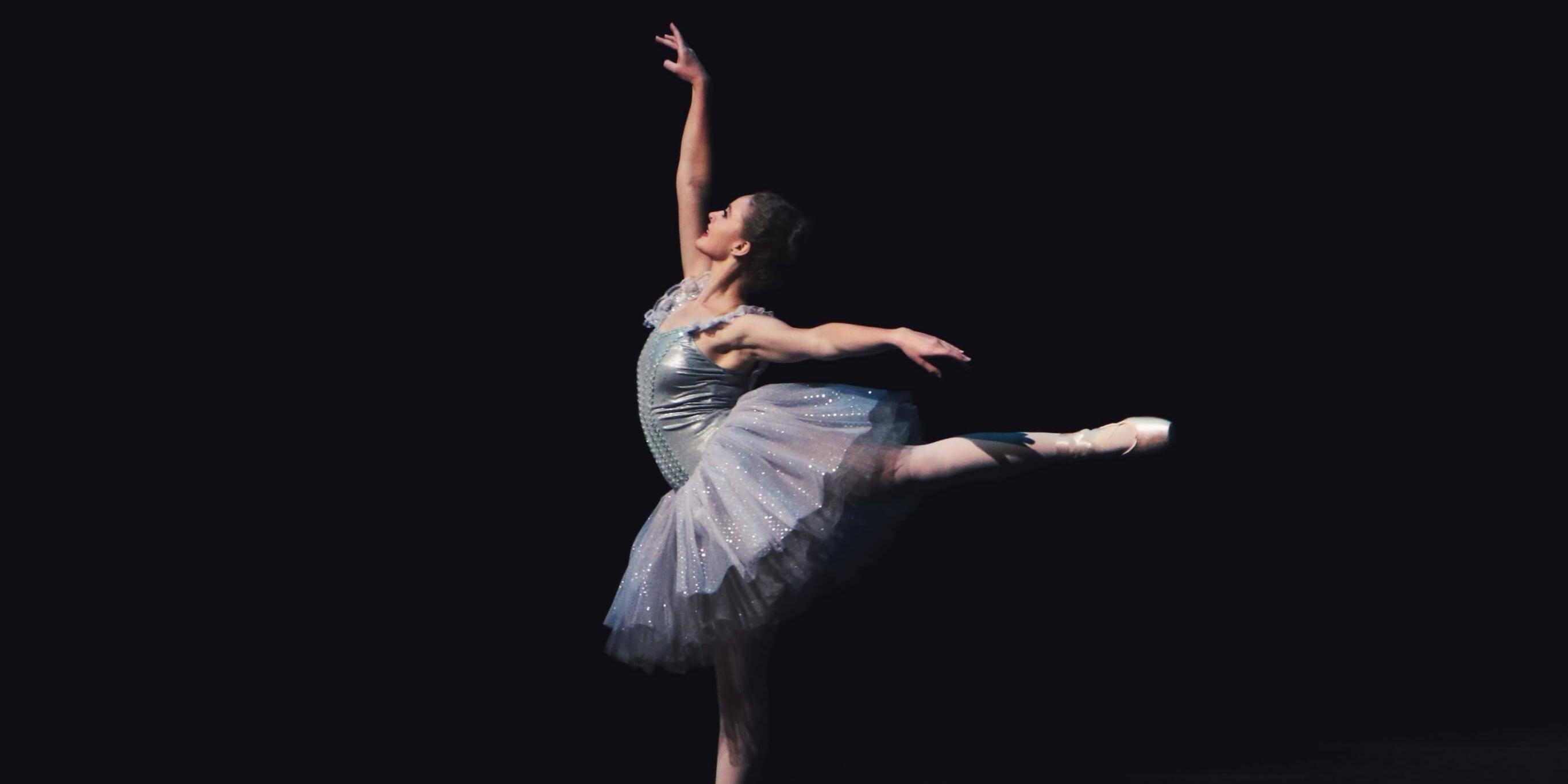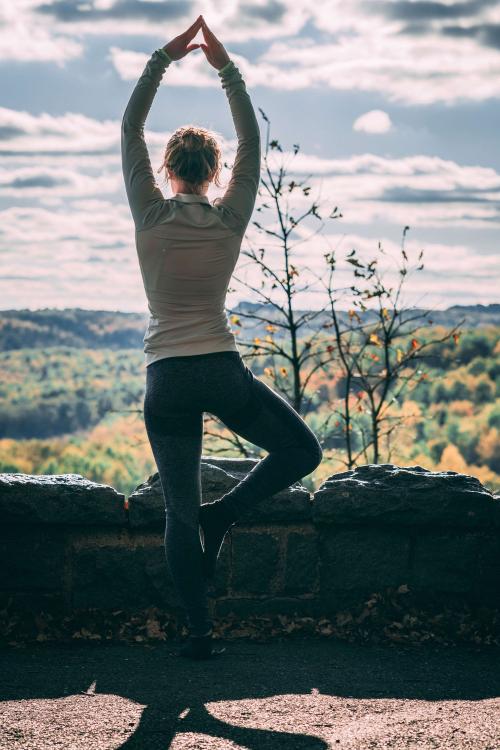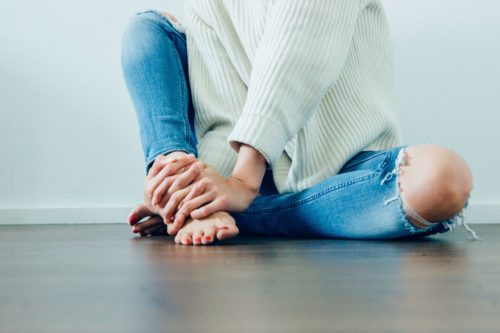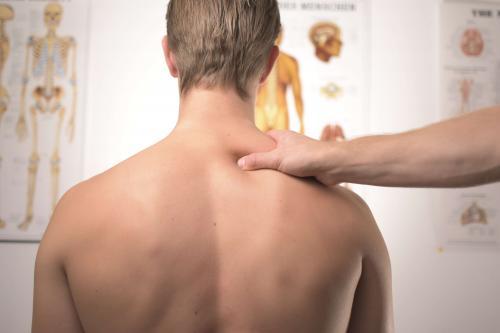Dance and Osteopathy
Dance is the art of moving in space in orderly and sequential gestures. The dancer’s body is his main tool, through which he will be able to transmit a story, an emotion and a feeling. A pain, an untreated discomfort and it is the whole bodily schema of the dancer that is modified.
A normal patient can live with it for a few days, but a dancer who listens to his body and seeks perfection will have to consult an osteopath quickly. Because the energy deployed to compensate for these mechanical disorders will be an additional constraint for him.
The importance of posture to the dancer
Posture refers to the position of our body in space
It is the result of all the bones and joints being maintained by muscular cording that allow us to find our static balance or to take up a specific movement.
There is no perfect posture
There is no perfect posture since each dancer has his or her personal physique, unique physiology and different activities.
However, a common objective is sought: to solicit the muscular system the least possible while protecting and supporting the body against trauma and progressive deformations.
It is essential for the dancer to have an adequate posture
For if the opposite happens, the muscular effort will be multiplied and could cause a series of compensations at the level of the tissues, the joints and the skeleton.
In this case, the movements will be more difficult to execute, performance will be affected and the frequency of injuries will increase.
Most common injuries for dancers:
- Muscle spasms
- Joint pain
- Dislocation
- Sprains
- Tendinitis
- Hyper laxity
- Compression syndrome
- Lombalgia, midline back pain
- Issues with the front of the foot in contemporary dancers
- Issues with the back of the foot with classical dancers
Dance, Osteopathy and Posture
Osteopathy is particularly efficient in the search for the cause of postural imbalance in the treatment of resulting postural issues.
By manipulation and precise mobilizations, the osteopath will work on the problem and provide fluid movement without pain.
Taking all psychological, anatomical, physiological, biomechanical, choreographic and technical aspects into consideration will bring relief in an efficient and long-term manner.
The less limited the body is, the more the dancer will be free to express him or herself.
« The osteopath must help to free movement. The dancer who doesn’t suffer, who feels confident in his or her body can express without the constraints of pain, nor the fear of injury, even if such results are never inevitable »
PHILIPPE SERENI, Ostéopathe to the Opéra de Paris
References
A Review of the Risk Factors for Lower Extremity Overuse Injuries in Young Elite Female Ballet Dancers
https://www.ingentaconnect.com/content/jmrp/jdms/2015/00000019/00000002/art00001
Foot and Ankle Injuries in Dance
http://citeseerx.ist.psu.edu/viewdoc/download?doi=10.1.1.613.9795&rep=rep1&type=pdf
Effectiveness of physiotherapy interventions for injury in ballet dancers: A systematic review
https://journals.plos.org/plosone/article?id=10.1371/journal.pone.0253437
NOTE: This information is not intended to replace the advice of a medical healthcare professional.









